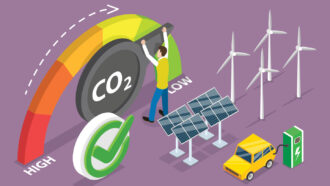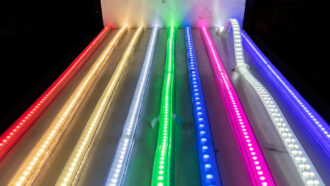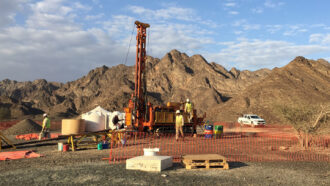
Tech
How green is your online life?
From the manufacturing of our favorite devices to using them for social interactions, our digital lives can have a big climate impact.
By Sarah Wells
Come explore with us!

From the manufacturing of our favorite devices to using them for social interactions, our digital lives can have a big climate impact.

Instead of throwing unneeded things away, scientists recommend moving to a cycle of reducing, reusing, repairing and remaking old things into new ones.

Learn how you can limit the climate-warming gases associated with what you eat, the products you buy and the energy you use.

Nations are charting how they might ‘zero’ out their releases of climate-warming gases. Success might greatly lower the risks of climate catastrophes.

A new study finds they can leak benzene and other harmful chemicals into homes, sometimes at very high levels.

Researchers found PFAS “forever chemicals” in kids’ school uniforms and other clothing. Studies have linked these compounds to health risks.

Teamwork makes green-work! Collaborating scientists came up with an electrifying farming trick that could make sunlight optional.

LEDs, or light-emitting diodes, light up TV screens, traffic lights and many other devices used in daily life.

Scientists hope that capturing carbon dioxide this way will limit both further warming of our planet and an escalation of extreme weather events.

It’s made by pressure-cooking sawdust and water, is cheap and easy to make — and could lead to greener cleaning products than chemicals used today.